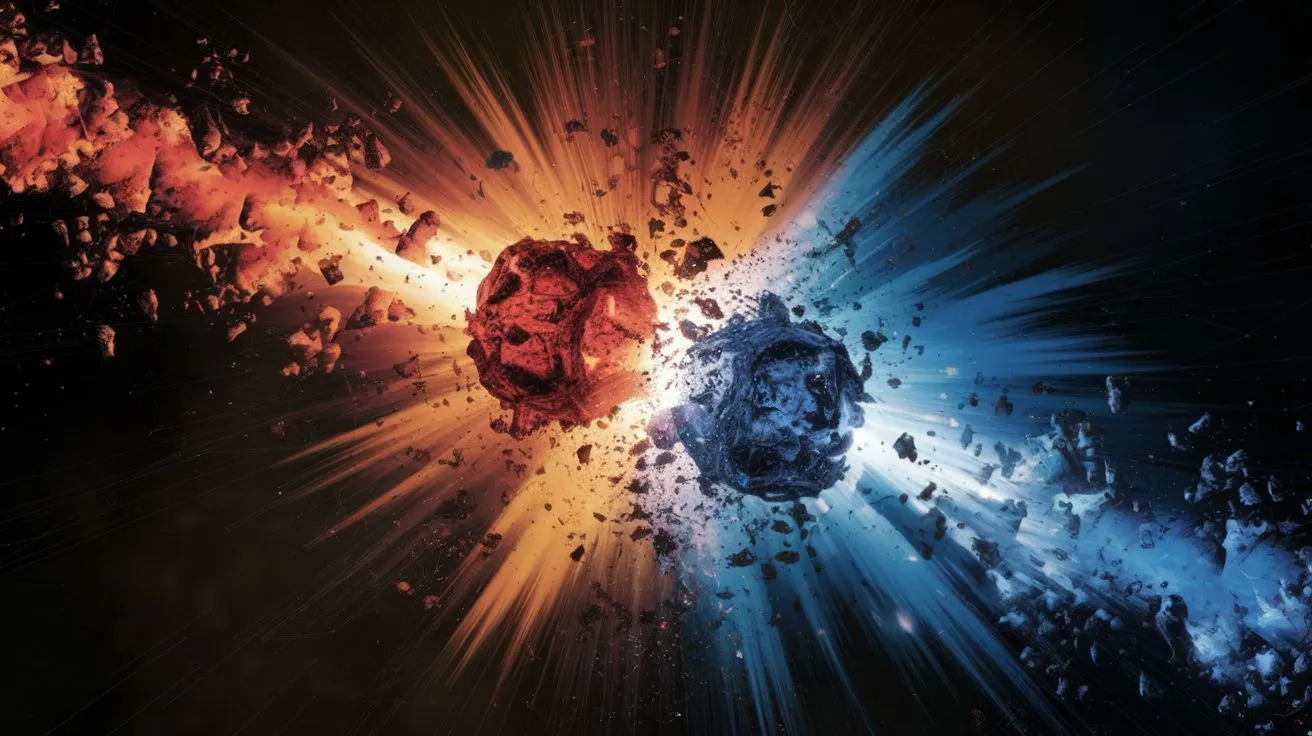Follow us on Google News (click on ☆)
The experiment, conducted by the international BASE collaboration, involved trapping an antiproton, that is, the antimatter twin of the proton, and making it oscillate between two quantum states for nearly a minute. In other words, the scientists managed to manipulate a single antimatter particle as if it were a tiny swing, rocking back and forth in a perfectly controlled manner between two positions.

The announcement was published in the journal Nature and marks a major milestone. Until now, such coherent quantum transitions had been observed in ensembles of particles or in trapped ions, but never on a single isolated antiproton.
Why is this important? Because matter and antimatter should, according to theory, behave in exactly the same way. Yet the Universe around us is almost entirely composed of matter, with antimatter having virtually disappeared after the Big Bang. Testing with extreme precision whether protons and antiprotons are truly identical could therefore reveal the existence of new physics, beyond the current model.
Concretely, the team used an advanced system of electromagnetic traps. These traps allow a single antiproton to be captured and held long enough to observe and manipulate it. Using a technique called coherent spectroscopy, the researchers were able to track and control the spin state – a quantum property comparable to the orientation of a tiny internal compass – for almost 50 seconds, a record duration.
To give a more vivid image, one can imagine the antiproton as a child on a swing. With the right push at the right time, the swing oscillates regularly back and forth. Here, the "push" is given by perfectly tuned electromagnetic fields, and the swing is nothing less than an antimatter particle. Even more surprising: as long as it is not observed, this qubit (or anti-qubit) can be "up" and "down" at the same time, a fundamental principle of quantum mechanics.
This breakthrough will probably not lead immediately to technological applications, but it will allow the properties of matter and antimatter to be compared with unprecedented precision. The BASE experiment has already shown that the magnetic moment of the proton and that of the antiproton are identical to within a few billionths. With this new result, the precision could be increased tenfold, or even a hundredfold.
The next step? A project called BASE-STEP, which aims to transport trapped antiprotons into magnetic environments more stable than those of CERN's antimatter factory. According to the researchers, this could further extend the spin coherence time, and perhaps reveal new subtle differences between matter and antimatter.